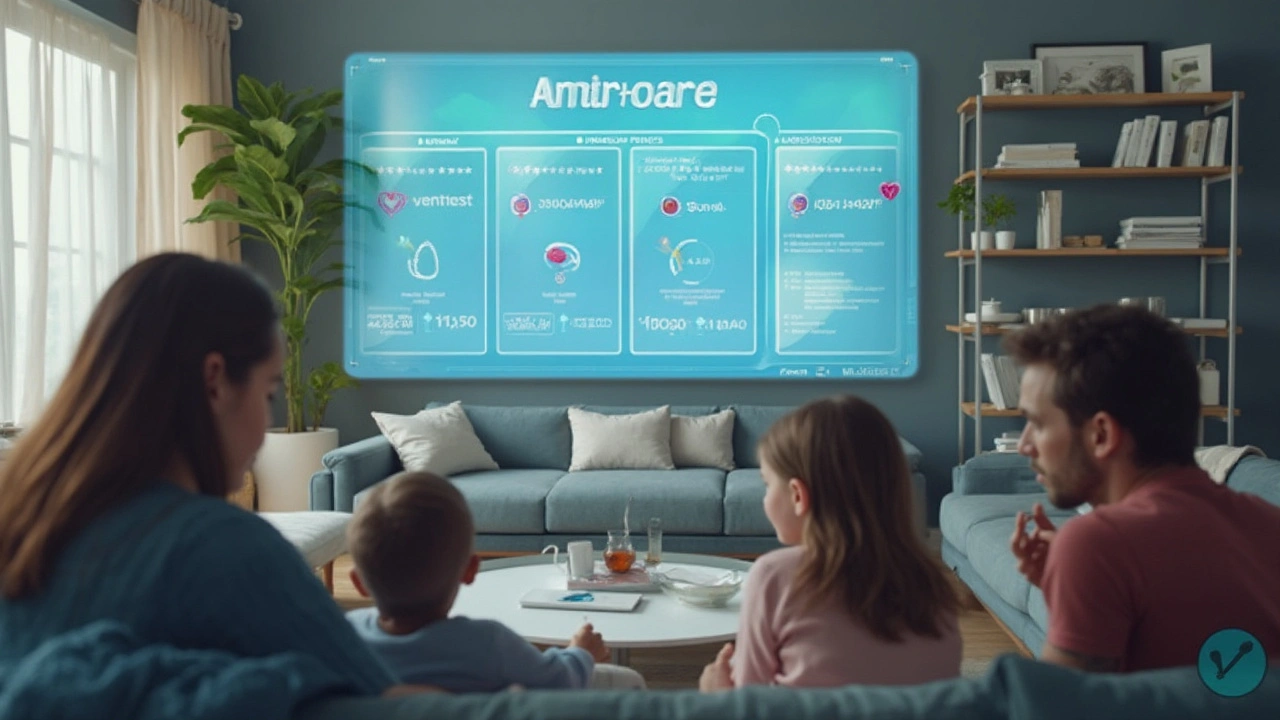Healthcare Options: How to Choose Safe Meds, Alternatives, and Online Pharmacies
If you’re scrolling through endless drug names and discount sites, you probably feel a bit lost. The good news? You don’t need a pharmacy degree to make smart choices. Below you’ll find clear steps to spot trustworthy online pharmacies, decide when a drug alternative works better, and understand basic dosage rules.
Spotting a Legit Online Pharmacy
First, check the site’s credentials. Look for a visible pharmacy license number and a physical address. If a site only shows a generic email like [email protected], treat it with caution. Real pharmacies also require a prescription for prescription‑only meds—no “just click and buy” shortcuts.
Next, compare prices. A huge discount can be a red flag for counterfeit pills. Use a price‑comparison tool or check a reputable pharmacy’s price list; if the deal is 50‑70% lower, it probably isn’t safe.
Finally, read customer reviews that mention product quality, not just shipping speed. Reviews that talk about side effects matching the label are a good sign that the pharmacy ships real medication.
When to Consider a Drug Alternative
Sometimes the brand‑name drug isn’t the best fit—cost, side effects, or personal health conditions might push you to look for alternatives. For antibiotics like Zithromax, doctors often suggest Bactrim or doxycycline if you have a known allergy. For allergy relief, Claritin’s active ingredient loratadine can be swapped for Allegra (fexofenadine) with similar effectiveness.
Always ask your prescriber why they chose the first drug. If the reason is cost, ask directly about generic versions. If it’s about a side‑effect profile, a pharmacist can suggest a different class that works the same way but may sit better with your body.
Keep a short list of key questions for your next appointment: "Is there a cheaper generic?" "What happens if I miss a dose?" "Are there non‑drug options that could help?" This converts a vague worry into a concrete conversation.
Now that you know how to vet an online pharmacy and when to think about alternatives, let’s talk about dosage basics. No matter the drug, start with the lowest effective dose. For minerals like manganese, the Recommended Dietary Allowance (RDA) is about 2.3 mg for men and 1.8 mg for women. Going above the tolerable upper intake level (11 mg) can cause nerve problems, so stick to food sources first—nuts, whole grains, and leafy greens.
Prescription meds often have a “start low, go slow” rule. If a migraine drug like Varnitrip says 50 mg once a day, don’t jump to 100 mg just because the headache is bad. Adjusting dose under a doctor’s guidance reduces side‑effects and gives your body a chance to adapt.
Finally, remember that lifestyle tweaks can boost many treatments. Drinking enough water, getting regular sleep, and managing stress often make a medication work better. For conditions like restless legs syndrome, combining a dopaminergic drug with nighttime stretches can cut down the urge to move.
Bottom line: safe healthcare options start with verification, smart alternatives, and proper dosing. Use the checks above next time you shop online or discuss a new prescription. You’ll save money, avoid counterfeit pills, and feel more confident about the choices you make for your health.


